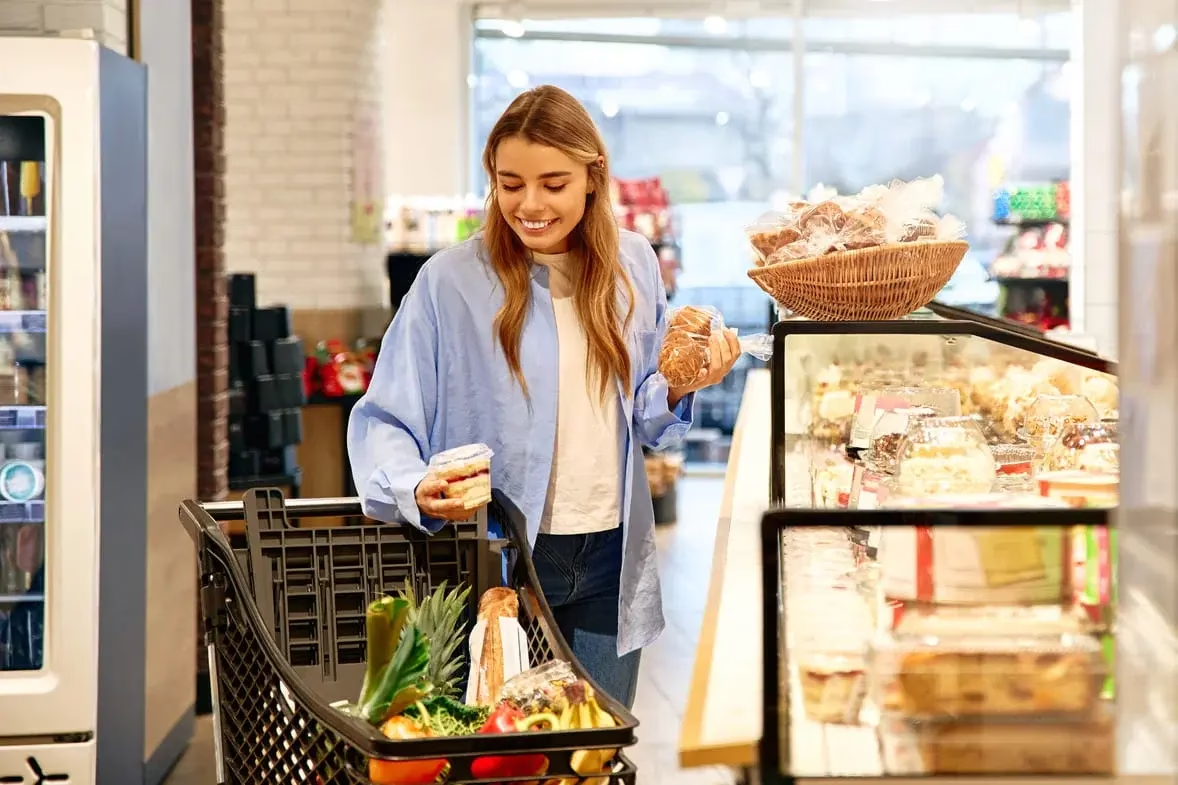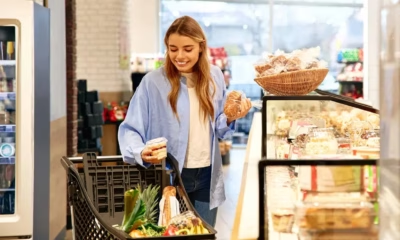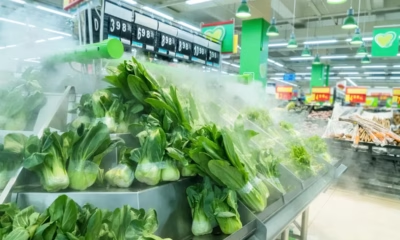Consumer Trends
Gen Z Prioritizes Convenience Over Fresh Foods at Grocery Stores

Gen Z Reshapes Grocery Shopping with a Focus on Speed and Convenience
Understanding Gen Z Grocery Convenience Trends
Gen Z shoppers prioritize speed, ease, and digital experiences over traditional fresh food options. These Gen Z grocery convenience trends are transforming how retailers serve the next generation of consumers.
Instead of heading straight for fresh produce, Gen Z prefers frozen meals, snacks, and foods that require minimal prep. Convenience matters more than cooking from scratch.
Gen Z Shoppers Skip Fresh for Faster Options
At the 2025 IDDBA annual meeting, NielsenIQ presented eye-opening data about Gen Z’s grocery habits. The message was clear: convenience wins.
Born between 1997 and 2012, Gen Z actively avoids fresh food sections. They gravitate toward frozen items, dairy, and ready-to-eat meals.
This preference worries retailers. Fresh foods usually drive store visits, increase loyalty, and lead to larger baskets. But Gen Z resists that routine.
“And Gen Z’s reluctance to shop in the fresh sections definitely poses a risk,” warned NielsenIQ’s Colleen McGinnis.
Shopping Frequency and Behavior Are Unique
Gen Z shops more often than other generations—sometimes more than nine trips weekly. But they rarely make a list or stick to a plan.
Nearly 41% of them prefer in-and-out visits. They want efficiency, not aisle-wandering. Also, they decide what to buy after entering the store.
They blend shopping channels too. About 48% use both online and in-store methods—more than any other age group.
Services like DoorDash, Uber Eats, and Grubhub appeal to Gen Z. Meal delivery aligns well with their fast-paced lifestyles.
Values and Technology Drive Gen Z Engagement
Gen Z demands more than just fast service. They also want products that match their personal values.
They support cruelty-free, eco-friendly, and socially responsible brands. Clean labels and honest messaging also increase trust and loyalty.
Technology plays a vital role too. This generation checks QR codes, scans barcodes, and uses mobile apps to evaluate nutrition.
To connect with Gen Z, stores should offer text promos, interactive displays, and in-store demos. They want information—fast and on their terms.
Grocery Stores Innovate to Attract Younger Shoppers
Some retailers already adapt to Gen Z grocery convenience trends. Publix, for instance, creates a social vibe with olive bars and drinks on tap.
Its Aprons program offers cooking demos and classes that inspire engagement. Meanwhile, Kowalski’s Markets delivers a European market atmosphere.
Gen Z also flocks to social media. TikTok Shop ranks high in retail and food sales. Trader Joe’s and Aldi dominate Instagram and TikTok.
These brands share simple meal hacks and actively respond to fans—earning strong loyalty and viral attention.
Subscription and Auto-Ship Appeal to Gen Z
Gen Z likes set-it-and-forget-it services. About 35% use auto-ship subscriptions, more than any other group.
These options ensure they never run out of essentials. Real-time delivery updates and convenience make them trust the process.
Brands like Hungryroot and Daily Harvest meet that demand by offering customizable food deliveries. They merge tech and nutrition with speed.
Final Thoughts: Retailers Must Adapt Quickly
The shift is clear. Gen Z values quick, flexible, and meaningful grocery experiences. Retailers must innovate or risk losing their future customer base.
Understanding Gen Z grocery convenience trends helps brands adjust strategies, enhance value, and create experiences that resonate deeply.





















